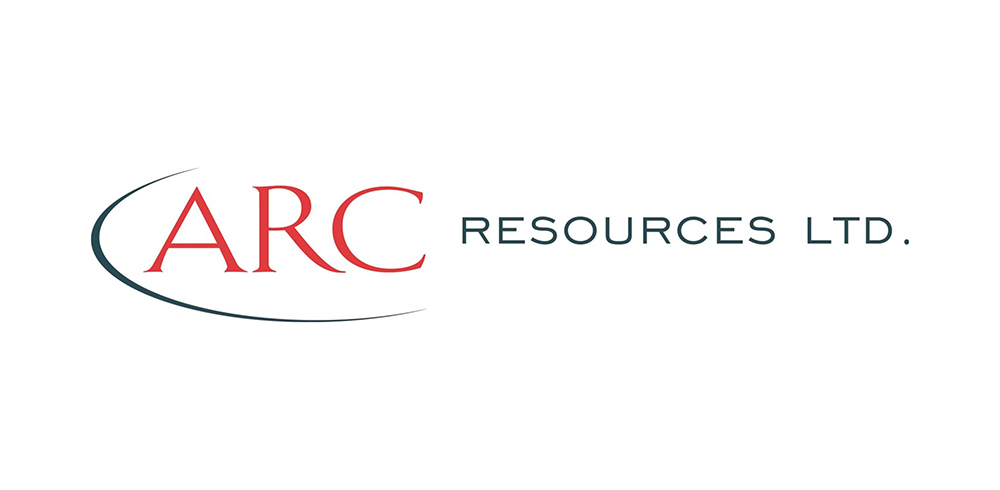by Hubert Marleau, Market Economist, Palos Management
The stock market kept on rolling as the parade of higher than expected earnings and economic prints like the ISM indices, factory orders and productivity marched on. According to a Credit Suisse analysis, 86% of the 426 S&P companies which reported, 85% beat expectations.
Earnings per share are projected to grow 47% on 10% revenue growth in Q1. Meanwhile, the chatterbox is telegraphing a corporate tax rate of 25%— a number that Biden said out loud that he would accept. That was sufficient reason for Credit Suisse to target 4600 for the S&P 500.
On Friday, the market got a big surprise. The BLS reported that the economy added only 266,000 jobs in April—an astounding miss. It was a huge letdown because economists were expecting a blockbuster ranging from 700,000 to 2.1 million. The staggering shock forced the Atlanta Fed to reduce its growth estimates for R-GDP in Q/2 to 11.0% from 13.6%.
Fortunately, the bad news was totally absorbed by a sharp fall in the exchange value of the dollar and a noticeable increase in long-term inflationary expectation which allowed the upward trajectory of the stock market to continue uninterruptedly. The S&P 500 was up 52 points or 1.2% to post an all-time high of 4233 at the closing.
Slowly but surely, portfolio managers are waking up to the reality that higher realized inflation may not be that transient given the Fed’s commitment to countenance inflation overshoots. JPMorgan’s Marko Kolanovic thinks that money managers are likely to reposition their portfolios.
When one understands the sheer size of financial assets that may have to be rotated or hedged for inflation, it becomes clear that systematic and fundamental flow dynamics could amplify the price of value. In this connection, it may be prudent to shorten duration, trim bond exposure and increase commodity exposure.
The U.S. Monetary Stance Should Change Direction Soon
I’m fully aware that the state of the economy is the key determinant of monetary policy, not the calendar. Nevertheless, money market traders are quietly setting their sights on the possibility of the Fed making a taper announcement at the Fed’s July annual meeting in Jackson Hole—possibly a pivot in the direction of the monetary policy. Their wager is carrying a notional
value of $40 billion, even though Fed hawks (Richard Clarida and John Williams) have joined the chorus of other Fed officials pushing back on market expectations for policymakers to start discussing a tapering of the central bank’s bond-buying program. In other words, option traders believe that we could be only a couple of strong employment/inflation prints away from the moment when there will be a revision of monetary policy.
Judging by the large options position in the euro-dollar market, the whale-size bet is on a faster-than-expected pace of rate hikes. As it stands, expectations are high that there will be five rate increases of 25 bps each by September 2024. It holds sense because the natural rate of interest is considerably above the policy rate.
Moreover, several central banks like the Bank of Canada, England, Norway, have already said that they would reduce their weekly bond purchases. The BofA believes that the ECB and the Bank of Japan are about to do likewise. Janet Yellen’s Wednesday comment to the Atlantic that interest rates may have to rise if the economy were to overheat, was innocent, conditional and not a prediction.
Nonetheless, it was a salutary wake-up call which ruffled the financial markets. Wednesday’s stock market reaction illustrates that inflation has supplanted pandemic-related concerns. As a matter of fact, investors in high-duration bonds have been voting with their feet. A broad trend away from duration risk is clearly in place. The largest investment-grade exchange-traded fund is on its sixth month of outflow.
Four Fundamental Reasons For a Monetary Policy Pivot
While I fully acknowledge that the Fed is prescribing patience, I nonetheless support the aforementioned trading punt as a winning strategy. I have four reasons.
- First, the labour market is improving.
- Second, the current rise in inflation may not be of a transient nature.
- Thirdly, financial instability awareness is rising.
- Lastly, many emerging markets, especially Asian ones, are in good shape.
Inflation is everywhere—demand pull and cost push. Commodity, home, and food prices are all up. The commodity futures markets are showing the steepest backwardation in years. The premium paid for commodities that can be delivered immediately, versus some future date, signals how strong world demand is and how tight is global supply.
At the global level, the growth of the dollar value of the money supply is re-accelerating—the 3-month annualized rate is 8.7%. It was negative in the early weeks of April. The ISM numbers (manufacturing and services) are pointing to the seriousness of inflationary pressures in the supply chains. Average hourly earnings just posted a large upside surprise, jumping 0.7% MoM in April. Given that all the payroll gains were attributable to leisure and hospitality and other low-wage industries where
bargaining power is normally weak, it shows that service-type businesses have had to pay up to persuade people to work. Unsurprisingly, producer prices are robustly rising. Cost push inputs should bring about consumer price increases on all kinds of goods as excess savings get spent down. The bottom line is that inflation could become a problem. The 5-year TIPS discounting 2.7% CPI growth might not be realistic. It's possible that this measure is inaccurate at this time.
It is unnatural for real rates and corresponding breakevens to go in opposite directions when the economy is no longer in a deflationary shock and economic growth rates are positive. Plus, US/EA interest-rate differentials are very wide, favouring international money flows into the U.S.. Yet the greenback is under pressure suggesting that international investors are concerned about the inflation implication of the twin deficits (budget and current account).
If the Fed were to decide not to budge should inflation expectations accelerate comfortably past 3.0%, businesses and workers might find it hard to adjust, entrenching inflation expectations. In sum, an inflation breakout is not inevitable. Engineering reflation without accidentally triggering a full-on inflationary cycle is a complication.
I give that scenario a 25% chance—the same chance I give to the Fed’s belief that the present upward movement in prices above 2.0% is of passing nature. One thing of which I am more certain is that we are either in an occasional and seldom cyclical or rare and singular structural rise in commodity prices.
Employment will accelerate as the balance in the labour market restores. The hiring in April was constrained by supply shortages in the transportation and warehousing category where employment of couriers and messengers dropped as it did in the manufacturing, retail and healthcare and construction sectors.
There is a Covid shutdown and a Reopen cycle running concurrently. That is why the April job report makes little sense—perhaps an outlier. It does not jive with the strong data points that are generated elsewhere. Thus as much as it was a mistake to forecast the March employment gains as a sign of monthly averages for months to come, so too it would be a mistake to overreact to the April number. I wouldn’t be surprised if the numbers were to turn around big time in May.
Last week the Weekly Jobless Claims declined 92,000 to 498,000 which came in stronger than expected and the ADP Employment Report showed a private sector job gain of 742,000, suggesting that the outlook for further increases in non-farm payrolls is good. Interestingly, the labour participation rate is rising. It means that millions of people who left the labour force are re-entering it and seeking employment—easier pickings for businesses.
It is less known that the Fed is also mandated to assure financial stability of the banking and financial system-- and not only price stability and full employment. Fed Governor Lael Brainard, the head of the Board’s financial stability committee mentioned on Thursday last that
vulnerabilities associated with risk appetite in certain quarters of the market like leverage hedge funds are rising, which could potentially amplify the effects of re-pricing events. The warning is aimed at over-leveraged hedge funds like Archegos Capital Management gorging on risk to reach for yield.
As a matter of fact, banks are well capitalised and leverage at broker-dealers is low. Nevertheless, greater transparency like more granular and high-frequency disclosure on opaque risk exposure is forthcoming. What is particularly important is that it may become a good excuse for the Fed not to ignore future systemic risk consequences.
A neat little way to start talking about removing some of the accommodating inflationary effects of ultra-easy money without clouding over its new role of favoring full employment over price stability.
Emerging markets are reaping the benefits of rising commodity prices and of having a competitive manufacturing powerhouse. Consequently, many of them have been able to beef up their finances, boosting their foreign exchange reserves and strengthening their financial systems. They don't need to surrender to the fear of capital flight that has usually in the past stemmed from either a rise in the U.S. dollar or interest rates.
Copyright © Palos Management














